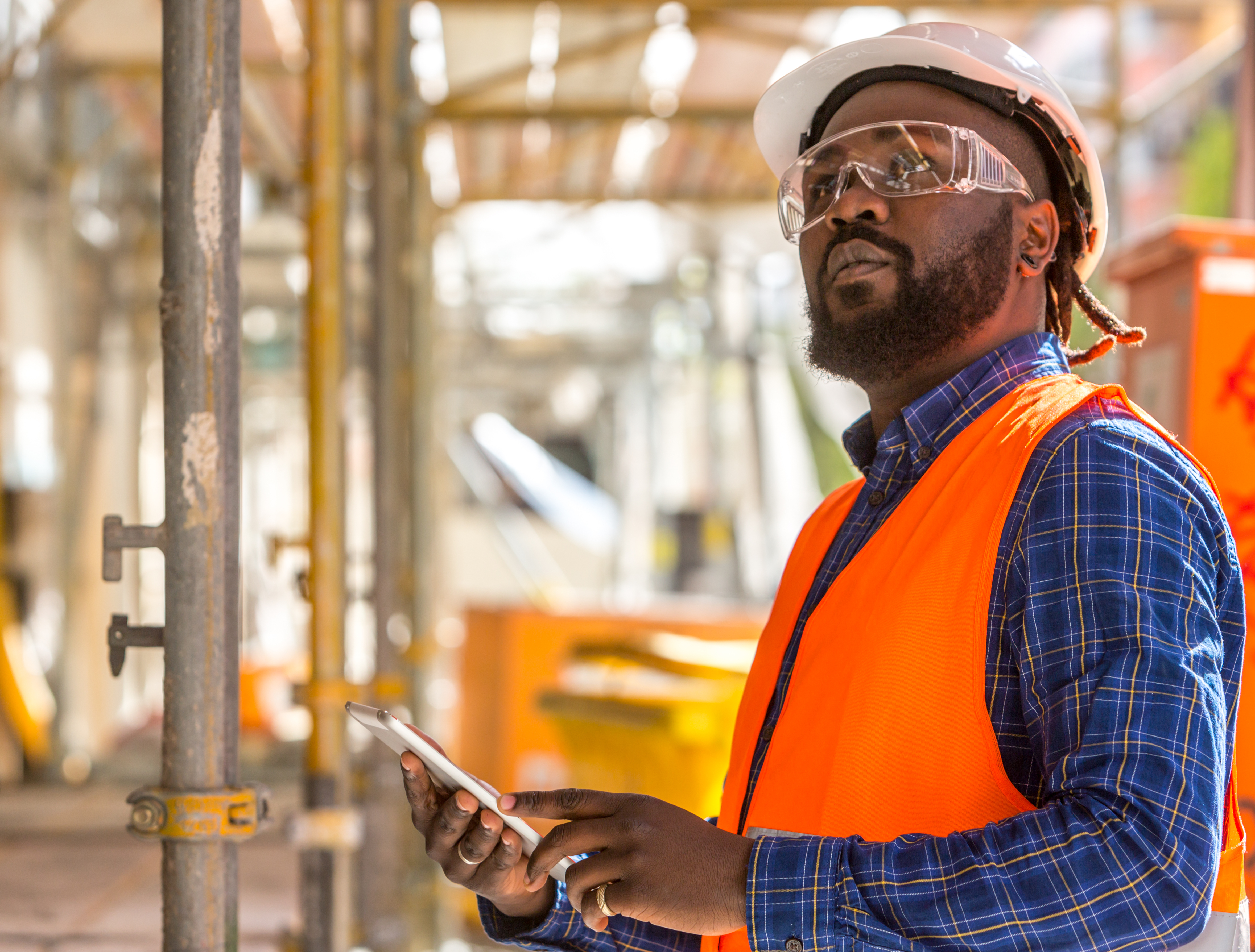Contents
Mind the gap: engaging the modern multi-generational workforce in safety
15 October 2018 - Evotix
The world is changing rapidly – the environment in which we live, work and play is almost unrecognisable to the landscape of less than a few decades ago. Here, we look at the impact that changing landscape is having on health and safety in the workplace – and how it affects engagement across the wider workforce.

Few could have predicted, in the early days of home and office computing in the 1980s, how technology would come to shape our lives, be that at home or at work.
New technologies apply in ways that would have been unthinkable less than a generation ago: from 24/7 banking to real-time video chat across continents, tech plays an ever-increasing role in how we live our lives.
Meanwhile, expectations of technology and how it applies to employment patterns, have changed, too – particularly for those born between 1977 and 1995. This generation, known as Millennials, are digital natives, having grown up with access to the internet: technology is a natural and indispensable part of their lives.
Their daughters, sons, younger brothers and sisters – Gen Z, or Centennials, born after 1996 – are most likely just about to head off to university, or into the workforce, and will bring their own expectations of technology. If Millenials were the first generation to consider access to the internet their birth right, then Centennials are surely defined by social media and its influence on so much of modern life.
Around three quarters of the global workforce will consist of Millenials by 2025, with Centennials following closely on their heels – but their older Gen X or Baby Boomer colleagues will still be very much in evidence, with the youngest Baby Boomers, born in in 1965, not due to retire until 2029. Gen Xers – born between 1965 and 1976 – will be around for longer still.
This demographic spread presents a few workplace challenges. Millennial employees expect that technology will be available: in many cases, they will actively seek it out. Older workers, however, who didn’t grow up with readily available technology – or perhaps experienced ineffectual earlier versions – may not be so quick to respond positively. In some instances, they will have developed their own analogue systems and processes over the course of many years and may resist the push to ‘fix something that isn’t broken’.
These divergent expectations can pose issues for many business functions – but it’s particularly problematic for health and safety teams, for whom good safety performance is dependent on high levels of employee engagement.
So, given the divergent expectations in evidence, how can organisations square the circle and ensure they create a workplace in which employees of all ages can take part in safety?
The first consideration to make when considering this is – perhaps conversely – there is more that unites us than divides us. Rather than bemoan the fact that older employees may be resistant to change, or that younger staff members are too quick to give up on established processes or take too many risks, look for the positives. Generations are not a box: rather, they are powerful clues showing where to begin connecting with and influencing people of different ages.
Research shows that older workers tend to be safer workers, in that they are more likely to adhere to guidelines and rules. Anybody who has worked continuously in a particular role or workplace for a number of years will also have valuable knowledge and experience to share, and it’s important to capture that experience.
Younger employees can bring new and diverse insights, which can benefit organisations attempting to evolve and grow: continuing to do something ‘because it’s always been done that way’ doesn’t help when developing a proactive safety culture.
The challenge for safety professionals, then, is to ensure that these positive attributes are combined and utilised in engaging employees in safety. It’s crucial that teams take a flexible, creative approach to safety, whether that’s by embracing diverse learning styles or when considering the tools and processes used to support a safety management system.
No matter what, ease of use and access are critical. Training plans need to be adapted to factor in an audience’s preferred methods, whether that’s classroom style or self-managed online tutorials or assessments. Ensure that important documentation, such as policies, guidelines and risk assessments are kept up to date and can be readily accessed by the people who need them, when they need them. Provide an easily discoverable location to gather and share examples of good safety behaviours and best practice. Make reporting safety observations timely and straightforward by providing a simple tool that allows employees to report in real time.
Technology can facilitate this ease of use and access, by providing a platform that supports engagement and gives employees a ‘safety voice’.
Rather than manage safety by way of complex, time-consuming paper and pen or spreadsheet-driven systems, a well-designed, intuitive user interface, accessed by way of a mobile device such as a smartphone or tablet, breaks down barriers and gives employees the power to take part in a safety conversation.
Good design is vital to ensure that older users aren’t put off by overly-complicated systems and ease of access and relevant functionality will encourage younger users to interact. Making systems available at any time, on or offline, increases the likelihood that observations will be made as they happen, and, by providing safety teams with accurate, timely information, appropriate actions can be put in place.
Technology also takes advantage of the human behaviour that if something is easy to use, it’s more likely to be used, thereby increasing engagement and enabling the ultimate ‘virtuous circle’ of good behaviour creating further good behaviours.
When applied intelligently and flexibly, technology can help to facilitate the sort of good behaviours that create a successful, engaged workforce of all ages. Rather than getting hung up on minding the gap, the best approach that safety professionals can take to this new multi-generational landscape is to embrace the positives – and look to the future.
RELATED BLOGS

A Comprehensive Guide to Industrial Hygiene
9 September 2024 - Evotix
What Is Industrial Hygiene? Industrial hygiene is the science of anticipating, identifying and controlling environmental factors in the workplace that could cause illness, impair well-being or cause..

The Digital Solution to Managing Contractor Safety
28 March 2024 - Evotix
In recent decades, contractors have played an increasingly significant role in many businesses. Providing specialist skills, they help fill workforce gaps, and offer flexibility. But it's still up to..

4 Key Challenges Facing Industrial Hygienists and How to Tackle Them
14 January 2025 - Evotix
Industrial hygiene is a discipline that combines science with pragmatism to identify, assess and control risks within the workplace. It is defined by OSHA as a profession “devoted to the..